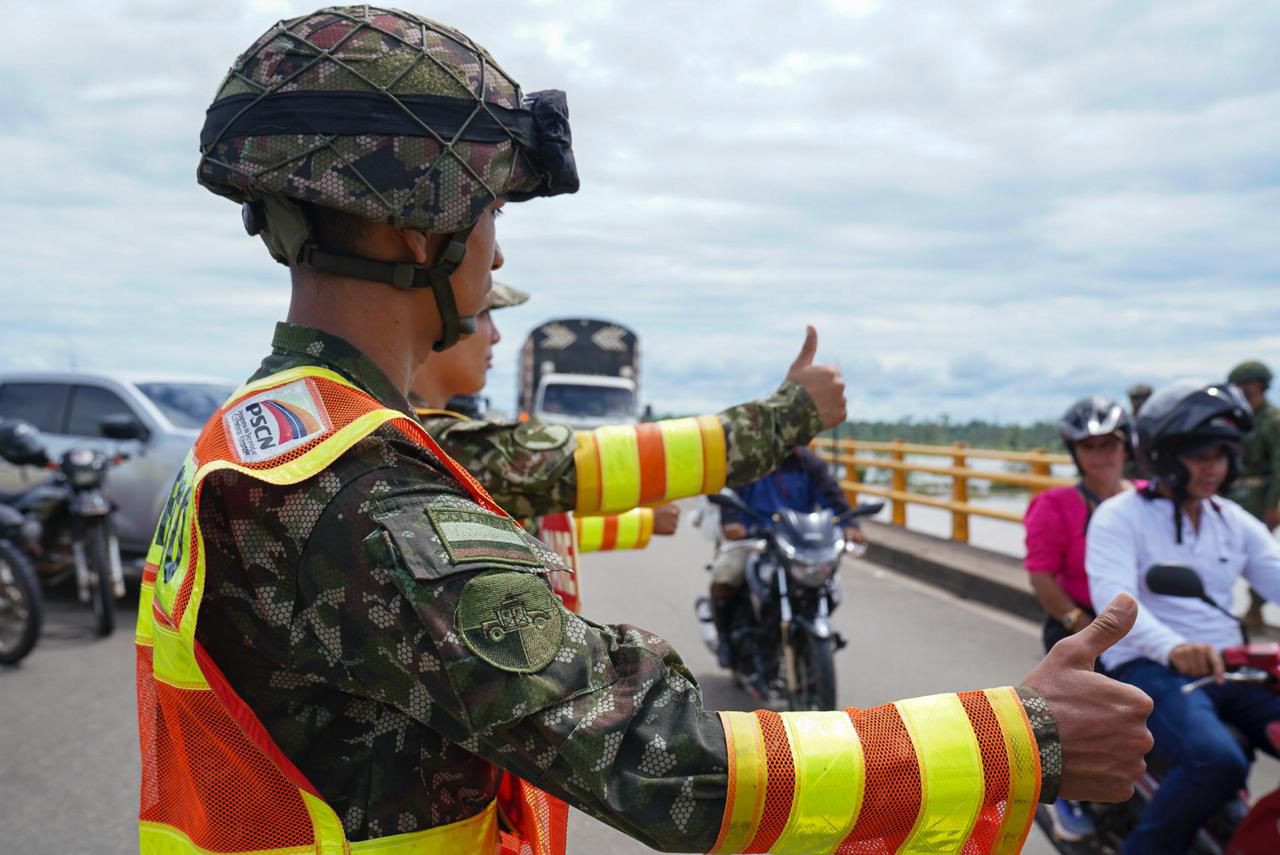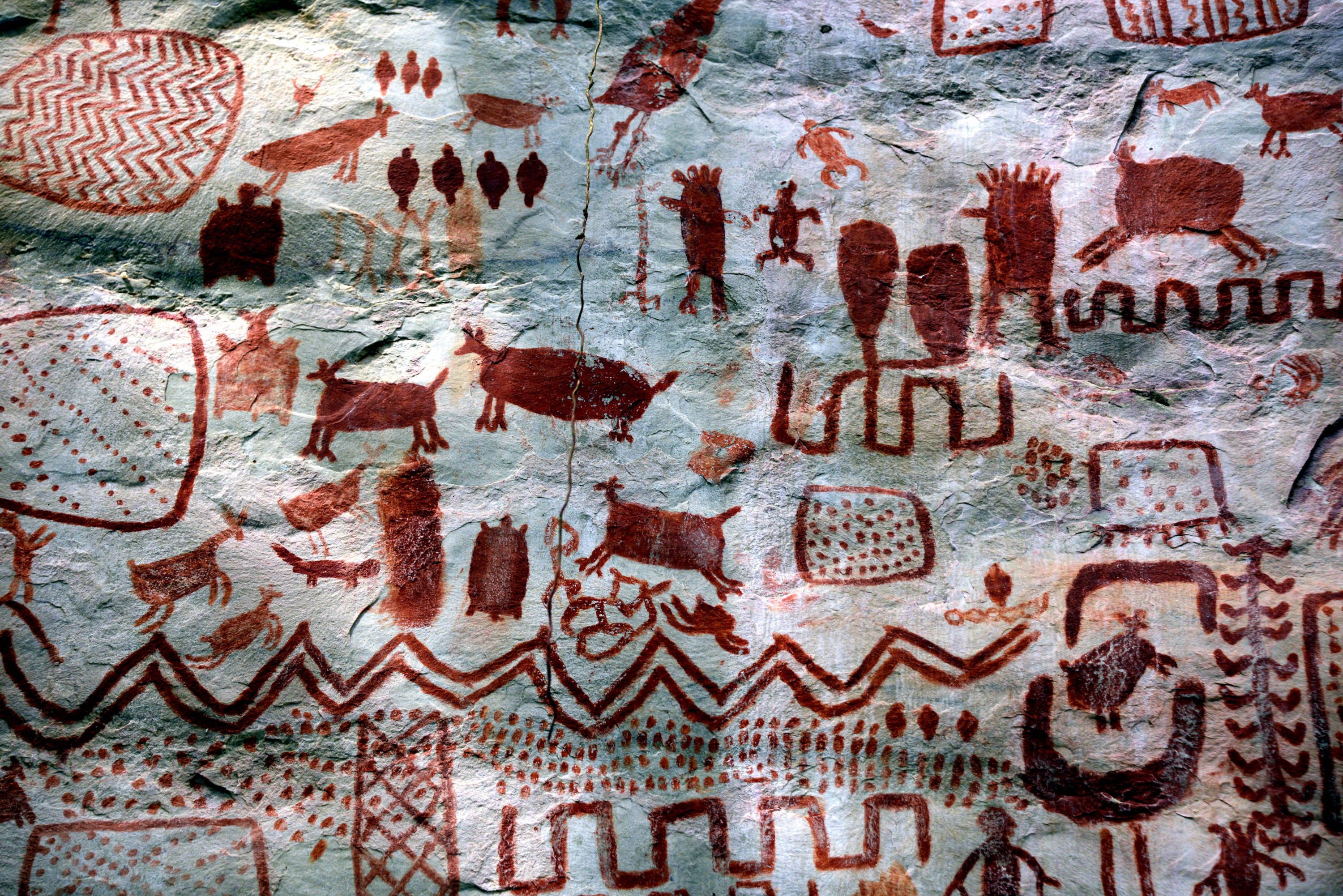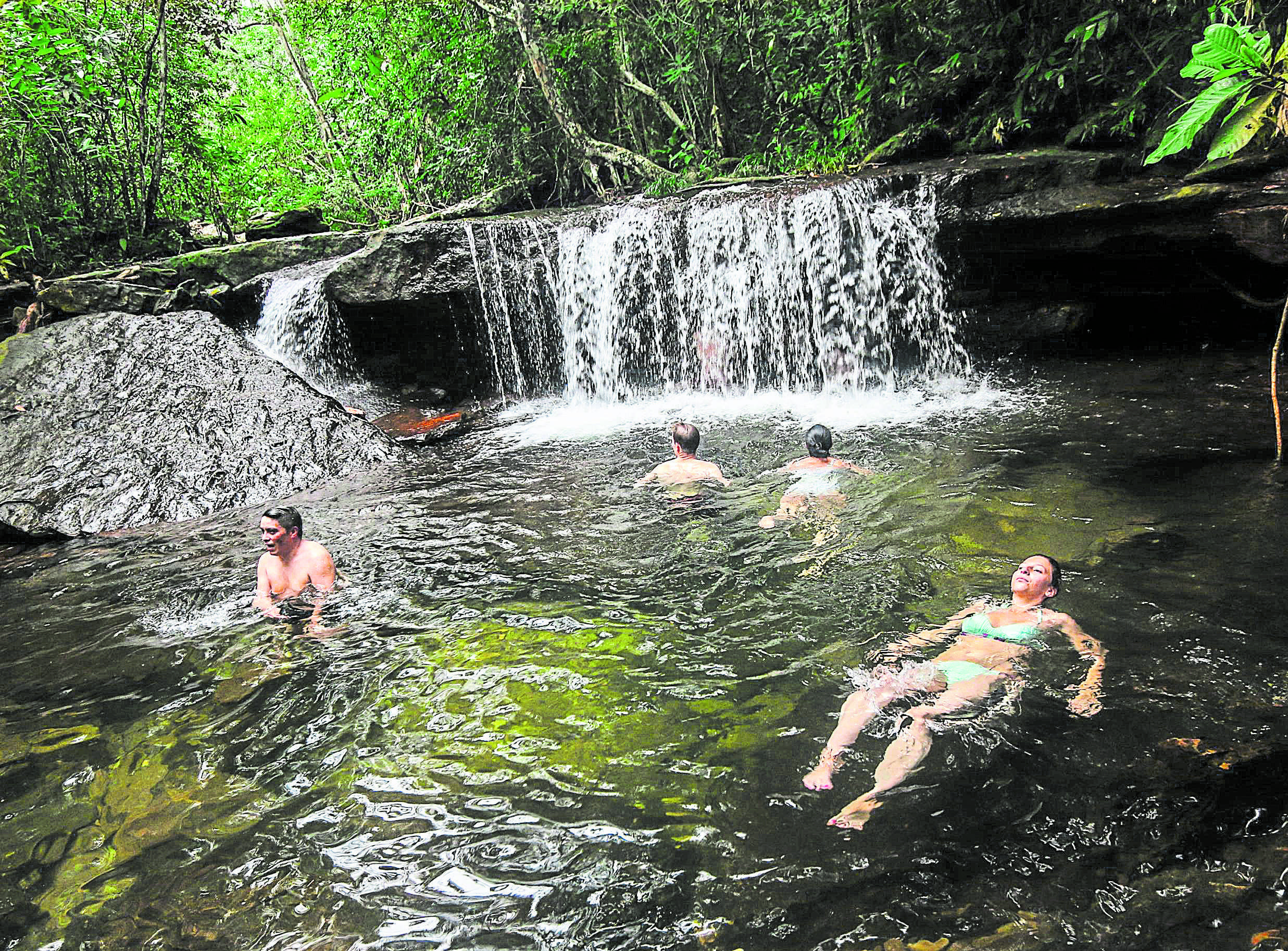Tourism is holding up in Guaviare despite the escalation of the armed conflict: this is what industry guides say.

FARC dissidents, led by alias Iván Mordisco, declared an armed strike and curfew in the department of Guaviare since June 16. This situation has confined more than 50,000 people in rural areas of the municipalities of San José del Guaviare, Miraflores, El Retorno and Calamar , due to clashes between these dissidents and the structures led by alias Calarcá.

More than 2,500 Army men and women will be deployed in Guaviare. Photo: National Army
That same day, the Ombudsman's Office published a statement warning about the "critical humanitarian and security situation facing communities in the department of Guaviare, especially in the Charras Boquerón district (San José del Guaviare) and the La Paz hamlet (El Retorno), as a result of the escalation of the armed conflict between dissident groups of the now-defunct FARC-EP."
Willy Alejandro Rodríguez Rojas, mayor of San José del Guaviare, the department's capital, explained to EL TIEMPO that the presence of these dissident groups "has declined throughout the department" over the last year. "Every week there are increasing impacts on the population, especially in rural areas," he says.
Despite this situation, economic sectors have sought ways to continue operating. According to Rodríguez Rojas, local commerce continues to operate, albeit with concern. “There is a willingness on the part of businesses to sustain themselves, to open up, and to maintain commercial activity,” he says. He adds, “I stand in solidarity with my fellow mayors, with the Governor's Office, and above all with local merchants, people who have taken the leap to move from illegal to legal activities.”
Tourism is resilient in the region 
Pictographs of Cerro Azul. Photo: Andrés Hurtado
Ricardo Niño, a tour operator in San José del Guaviare, points out that the department has historically been stigmatized by armed conflict and illicit crops. However, he emphasizes that in recent years these dynamics have begun to change thanks to new economies and initiatives such as tourism. "Despite the negative news, it is important to clarify that tourism is taking place in 95 percent of the department's destinations," he explains.
In this context, tourism has become an alternative to illegal economies. Local tour operators have focused on showcasing the department's natural, cultural, and adventure resources. Although livestock farming remains the economic foundation, tourism has established itself as a key sector. "Tourism has allowed us to reveal the magic of this region," says Rodríguez Rojas.
Among the main tourist attractions are the Serranía de Chiribiquete National Natural Park in Calamar, home to ancestral communities; Cerro Azul in the Serranía La Lindosa, with more than 75,000 rock art images; the Nukak National Natural Reserve , a nature-filled destination that is also home to the Nukak, Puinave, and Curripaco indigenous peoples; and the Pozos Naturales, located just eight kilometers from the capital.
Rodríguez Rojas acknowledges that the current situation is worrying for the tourism sector, which has managed to attract both domestic and international visitors in recent years. Operators like Niño have reported a decrease in travel due to the "fear and anxiety generated by this news."
Diego*, a tour advisor and guide in the region, agrees and emphasizes that the perception of insecurity has led many travelers to reschedule their plans. “We've had cancellations and a noticeable drop in bookings. Many travelers are concerned about the current situation and prefer to postpone their visits.”

The La Lindosa mountain range is 17 kilometers south of San José del Guaviare. Photo: Toya Viudes and Mauricio León.
Despite the difficulties, Niño believes the current situation is not entirely negative. Unlike previous years, when tourists completely canceled their trips, many are now choosing to reschedule , reflecting greater confidence in the region.
“We believe that by emerging from this complex situation, tourism can become much stronger. Guaviare is increasingly visited for its natural wealth. Although there are some challenges, there is also interest in showcasing this department to the country,” says Rodríguez Rojas. Therefore, he emphasizes the need to strengthen institutional support, especially from ministries such as Commerce, Industry, and Tourism.
As part of the strategies to mitigate the negative impact of the crisis, the Guaviare Governor's Office recently launched the "Safe Travel, Your Army Is on the Road" campaign, announced on its X.com account. This initiative seeks to guarantee travelers can travel around the department "with peace of mind and support."
For Rodríguez Rojas, it is crucial that all authorities work together and have clear strategies to guarantee safety during tourist tours. Niño, for his part, mentions that operators stay informed about the safety conditions at each destination to ensure safe visits.

Guaviare is located between the Orinoquia and the Amazon. It has no more than 113,000 inhabitants. Photo: Mauricio Moreno
“We are working closely with local communities to implement stricter safety measures and ensure our tours are safe for all visitors,” adds Diego*.
Niño also highlights the release of the documentary "Chiribiquete: A Journey to the Ancestral Memory of America" as a tool to help promote this destination. "That's the message we want to convey to the world: Guaviare is a place you can visit with peace of mind. Many communities have received training in tourism. Today, Guaviare is the capital of Colombian hope, thanks to the resilience of its people," he says.
However, Diego* warns that support from some public entities has been limited and that greater collaboration is needed to implement training programs and promote safe tourism.
“Tourism is and will continue to be a fundamental mechanism for conservation and wealth generation in communities. Sustainable and regenerative tourism will protect our natural resources. These types of territories are not designed for mass tourism, but rather for those who seek to connect and experience the place in a unique way ,” Niño concludes.
Diego* agrees that improving security and transforming the perception of Guaviare will be a challenging but possible path to recovering tourism interest in the region.
*The name was changed at the request of the source consulted.
ANGIE RODRÍGUEZ - TRAVEL EDITORIAL - @ANGS0614
eltiempo




